Results
-
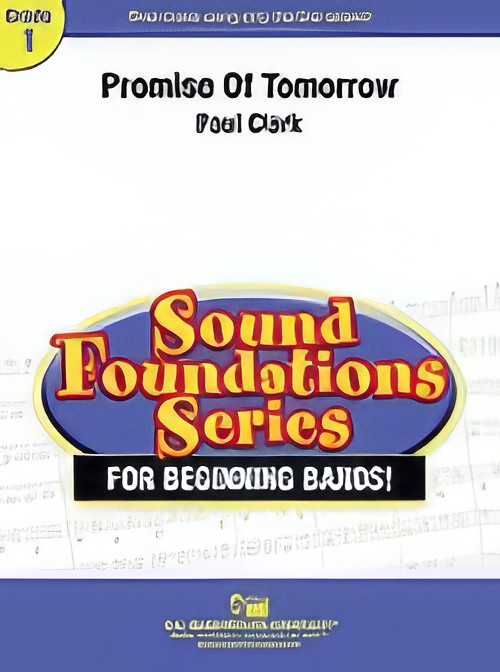 £45.00
£45.00Promise of Tomorrow (Concert Band - Score and Parts) - Clark, Paul
Filled with musicality while only using notes from the Bb concert scale, "Promise of Tomorrow" is an impressive concert or festival piece! The contrasts between gentle lyrical passages and bold full ensemble sections provide numerous teaching opportunities. Abundant use of cues assures a full sound, even with limited instrumentation. Guaranteed to give your students a positive performing experience, which is so important at this level. Very highly recommended! Duration: 2.15
Estimated dispatch 7-14 working days
-
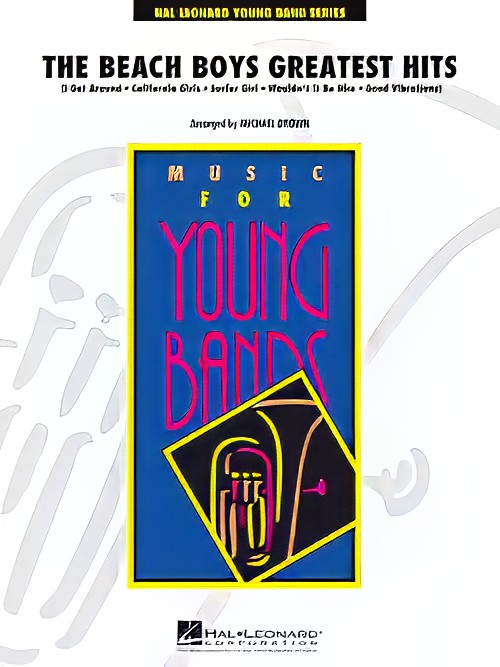 £76.99
£76.99The Beach Boys Greatest Hits (Concert Band - Score and Parts) - Brown, Michael
Originally thought of as producing only lightweight "surf" music, the Beach Boys went on to become one of the most influential bands of the 1960s with their own distinct and innovative sound. This well-paced medley of tuneful hits includes?California Girls, Good Vibrations, Surfer Girl, Wouldn't It Be Nice??and?I Get Around.?
Estimated dispatch 7-14 working days
-
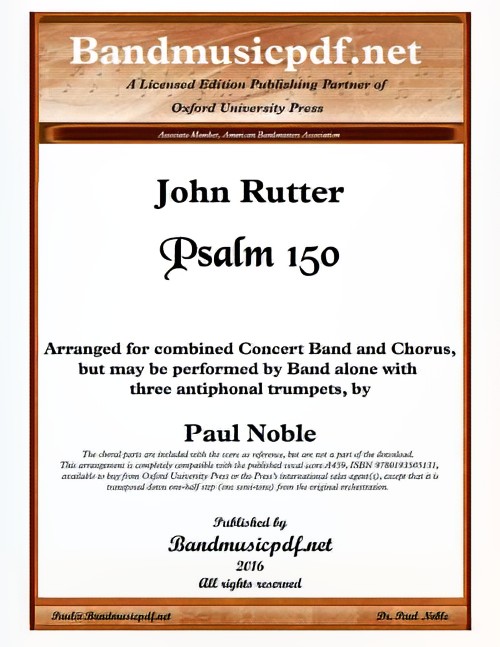 £110.00
£110.00Psalm 150 (Concert Band with Optional Choir - Score and Parts) - Rutter, John - Noble, Paul
Psalm 150 was composed for the Golden Jubilee Service for HM The Queen, 4 June 2002. With the premiere performance in St. Paul's Cathedral, London, the composer wanted to capture the acoustical qualities of the cathedral by placing three soprano soloists high in the dome, from which they sang as a trio at key points in the music. This arrangement, when performed by Concert Band alone, has those parts written for three solo trumpets to be placed in the rear or balcony of the concert hall. The work is filled with pageantry and ceremony, ending with the sound of cathedral bells ringing dramatically over the powerful scoring for band.
Estimated dispatch 7-14 working days
-
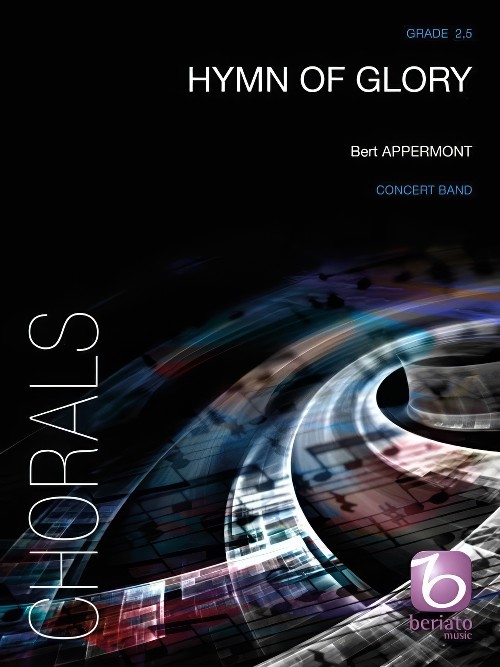 £76.99
£76.99Hymn of Glory (Concert Band - Score and Parts) - Appermont, Bert
This melodic hymn begins with a lyrical melody, handled by various instrument groups. After a gradual build, a first climax is reached, in which the brass instruments give full vent to their glorious sound in jubilation. Now we hear a second theme, resounding in the euphoniums, which ushers in a moment of rest. Then the excitement gathers again, building to a great tutti. The main theme is taken up once more, sounding now as a kind of universal gratitude.Duration: 4:00
Estimated dispatch 7-14 working days
-
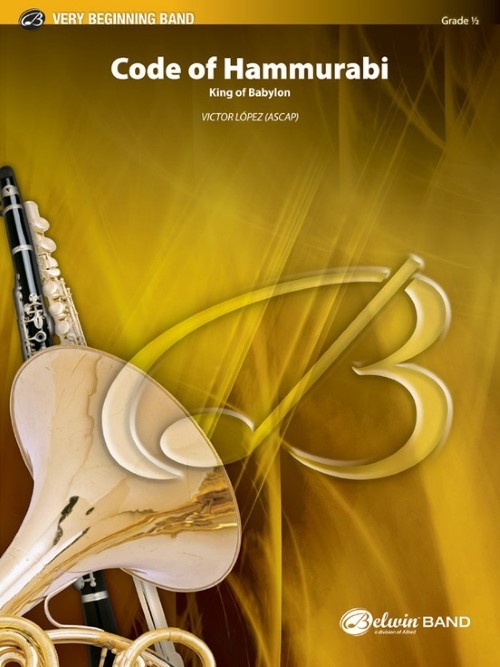 £46.95
£46.95Code of Hammurabi (King of Babylon) (Concert Band - Score and Parts) - Lopez, Victor
Inspired by the former King Hammurabi of Babylon, this work uses only the first 6 or 7 notes of most beginning band method books---without a key signature and with very few accidentals Go ahead and break the code with your students and discover the basic elements that will make your band sound amazing. Guaranteed to impress the audience!Duration: 1:45
Estimated dispatch 7-14 working days
-
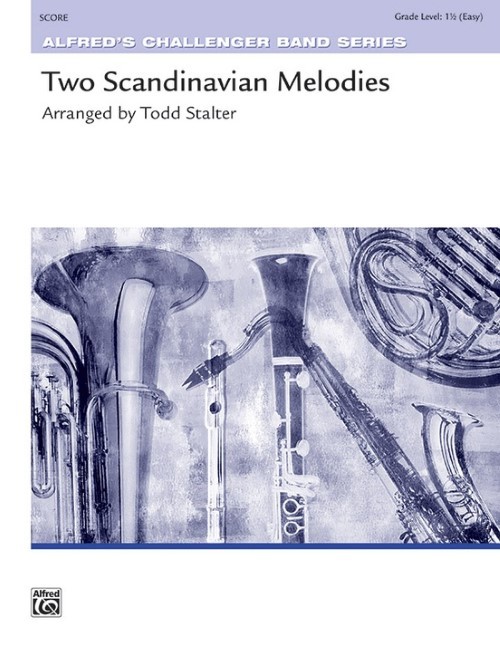 £48.95
£48.95Two Scandinavian Melodies (Concert Band - Score and Parts) - Stalter, Todd
These two delightful Scandinavian melodies (The Love of Our Country; Love and Fame) offer a glimpse into the folk music of a region that is not prominently featured in band literature. Teaching opportunities abound for sensitive musicianship and stylistic nuance, and the romantic colour harmonies provide a rich texture that enhances the depth of the sound of the concert band.Duration: 2:45
Estimated dispatch 7-14 working days
-
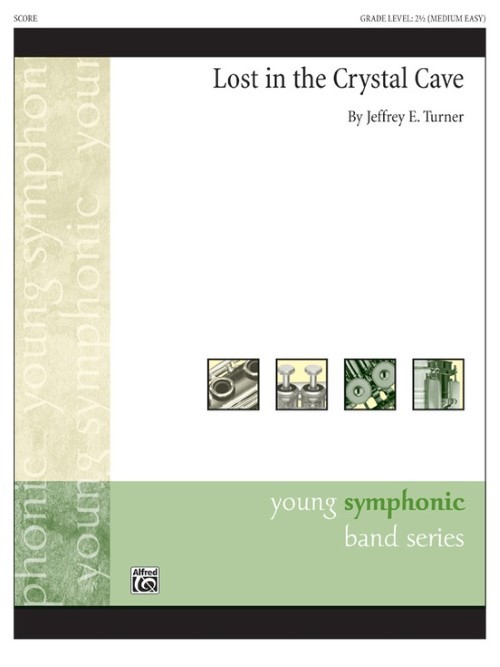 £52.95
£52.95Lost in the Crystal Cave (Concert Band - Score and Parts) - Turner, Jeffrey E.
Imagine finding yourself stumbling alone in a darkened cave. It's so quiet, the only thing you can hear is your own heartbeat. Lost, you pray for guidance, and suddenly, sound paints a picture of what your eyes can't see. Met with a shimmering mirror of sparkling percussion, you follow a pinpoint of light shining off a solo trumpet. The darkness filling with heaven's light, you are no longer "Lost in the Crystal Cave." You've found a way out by following footprints left for you in the music.Duration: 3:50
Estimated dispatch 7-14 working days
-
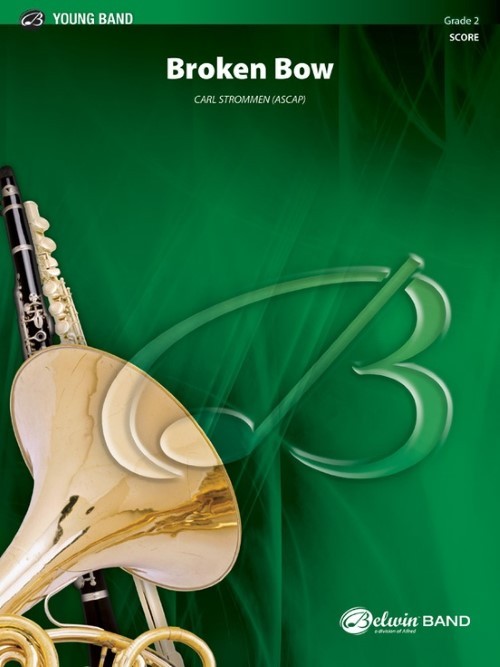 £60.50
£60.50Broken Bow (Concert Band - Score and Parts) - Strommen, Carl
The sound of the West as presented in countless film scores and concert pieces is captured in this homage to those who settled our early western frontiers. Enjoy the high energy pulse of an old fashioned 'Hoe-Down." Scored for younger players, Broken Bow will be effective in the hands of players of all ages.Duration: 2.45
Estimated dispatch 7-14 working days
-
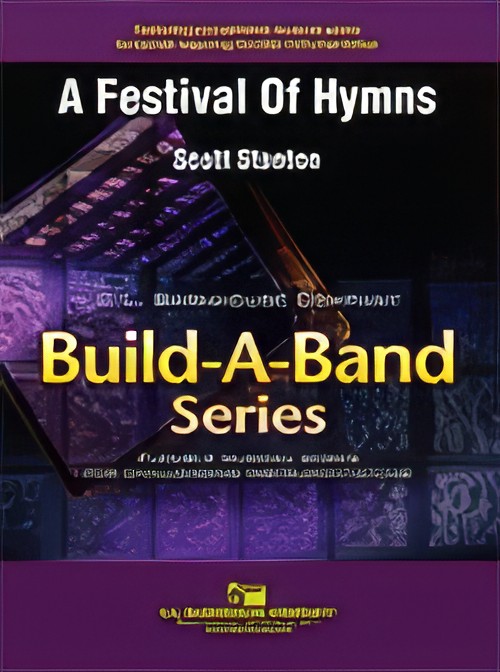 £60.00
£60.00A Festival of Hymns (Flexible Ensemble - Score and Parts) - Stanton, Scott
Scott Stanton's setting of three popular hymns, Praise To The Lord, Be Thou My Vision, and All Creatures of Our God and King is an outstanding choice for church or private school groups with limited instrumentations. From the innovative Build-A-Band Series, A Festival of Hymns is playable with almost any instrumentation as long as the four main parts are covered and optional parts for Mallets, Guitar, Keyboards, Strings, and Percussion are also included which can make the composition sound even more impressive.Duration: 3.45
Estimated dispatch 7-14 working days
-
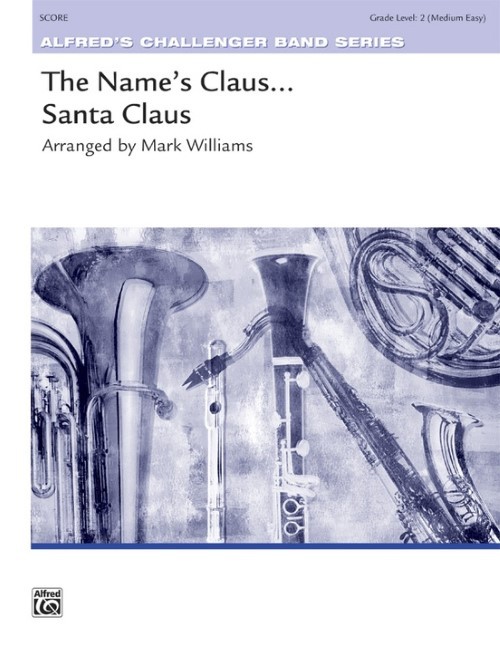 £58.50
£58.50The Name's Claus... Santa Claus (Concert Band - Score and Parts) - Williams, Mark
Who's that sneaking down your chimney? This delicious send-up explores what Santa might sound like if he were really a secret agent! The unforgettable sounds of famous spy movies are blended with favourite Christmas carols such as Jingle Bells, Jolly Old St. Nicholas, The Twelve Days of Christmas, and more to create a joy-filled explosion of holiday fun! Don't miss this very special musical treat!Duration: 1:30
Estimated dispatch 7-14 working days
